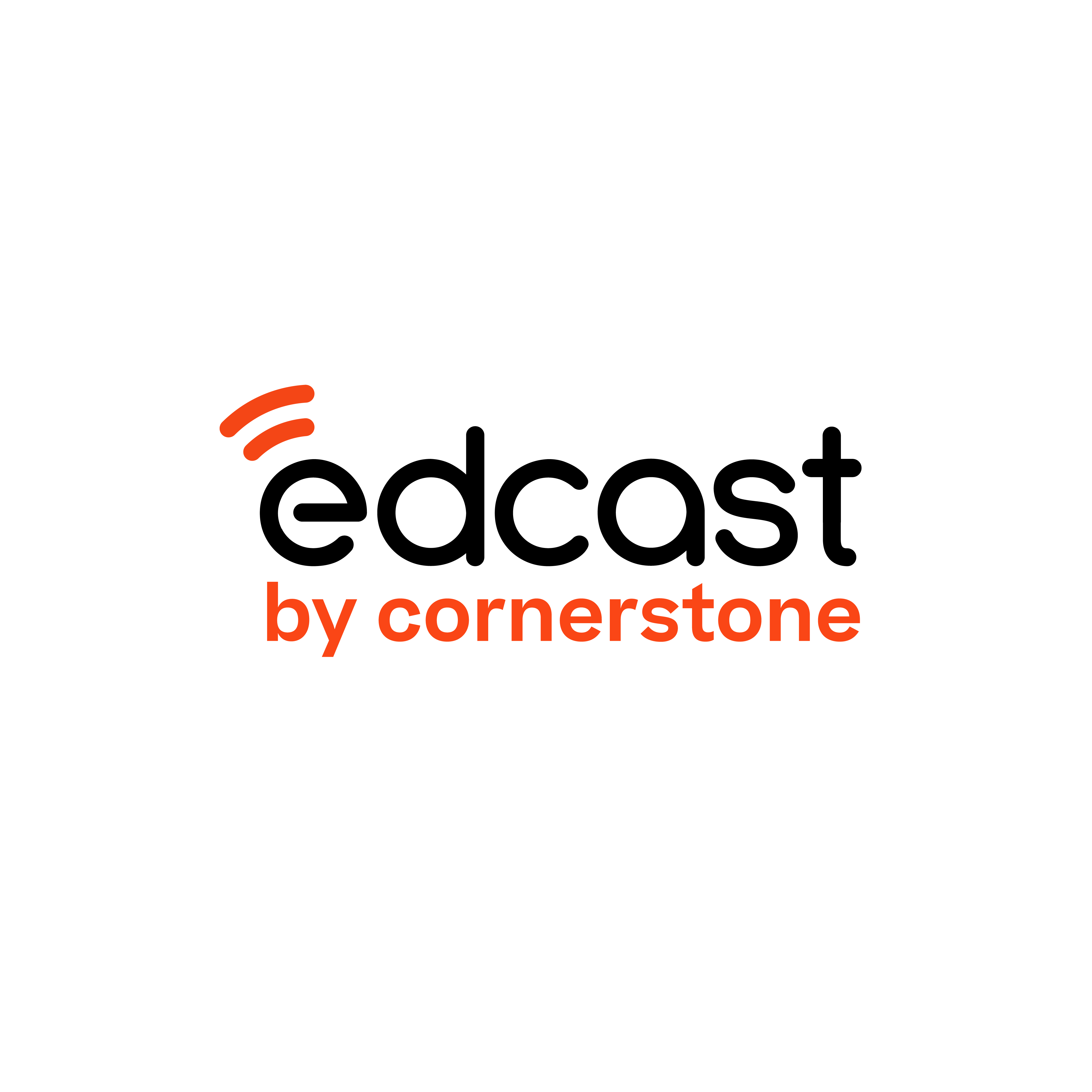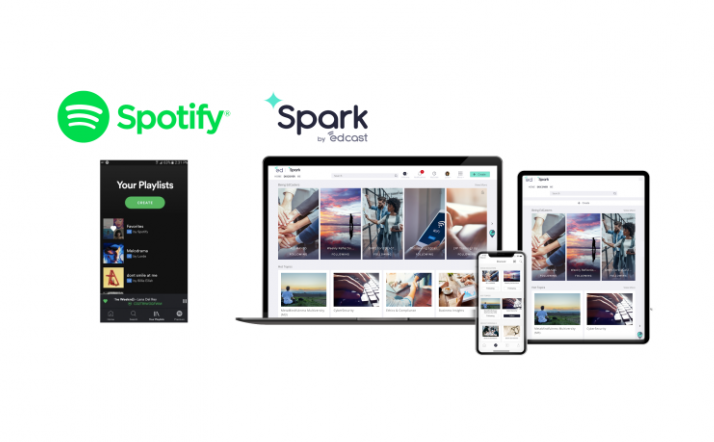One of my favorite apps is Spotify — it’s amazing how it has evolved since its launch in October of 2008.
In 2015, when we were brainstorming about reinventing digital knowledge and learning, we took a lot of inspiration from both Netflix and Spotify. Our core idea was to make learning simple and easy to consume, just as Netflix/Spotify have done with video and music content respectively. The goal? Enable anyone to become a fast learner.
Why the focus on fast?
We saw the trends and data illustrating that more quality content is becoming available for free (e.g., from YouTube, MOOCs, Open Education Resources). So, organizations cannot rely on simply paying for great content for learning as its competitive advantage, particularly when competing in fast-changing global markets. Rather, it is the rate of learning that is separating winners from losers. So, the speed at which organizations can learn will determine their agility, and this is the reason for our focus on helping employees learn faster and work smarter.
But even so, how do we form a healthy habit of continuous learning?
Listening to music and watching entertainment comes very naturally to most, but the vast majority of people are not continuous learners — and are far from being fast learners. One very interesting technique I have gleaned from principles of human psychology – to form new habits, it is best to add a new habit to an existing habit.
Given that many of us have a habit for enjoying music and entertainment, we started describing EdCast as the “Netflix of Knowledge & Learning” to create a mental model of connecting learning with something we enjoy. We designed our UX in a way that’s very similar to Netflix-style carousels and cards. Our value proposition and engineering architecture has been very similar to Netflix and Spotify in providing a single entry door of all content aggregated from all sources (free/paid, micro/macro, courses/ assessments, badges/ certifications), using AI/ML for curation and personalization of content for each user.
However, when Netflix started investing heavily in their own original content production, we realized that EdCast is, in many ways, more like Spotify, which continues to stay focused on its platform with aggregated catalog from all content providers while focusing on providing the best experience. We found that some of the key concepts and patterns in music consumption and learning can be very similar. Two of my favorite features on Spotify are ‘create playlist’ and ‘finding which music my friends like.’
In an organizational setting as we were focused on B2B enterprise deployment, we realized that finding out what our colleagues are learning or reading can be a great motivator, so we first started on that feature design with a strong ability to follow and surface content in feed based on what your colleagues engaged with. Building a social learning network is far more motivating than learning solo. Next, my favorite playlist feature of Spotify was designed like EdCast’s Pathways. Just like you organize music tracks quite simply in your playlist and publish it, we created a mobile-first way to organize and sequence learning content from various sources (free/paid, micro/macro, courses/assessments/quizzes) and called it a Pathway. My best music experience is listening to my friends’ playlists, particularly to those whom I respect for their musical taste. We now offer an analogous feature on EdCast. In fact, my favorite EdCast experiences are when I learn from subject matter experts’ (SMEs’) Pathways that they have created within my topics of interest.
Listening to my favorite music while working enhances my flow of work. Similarly, learning is most effective when surfaced at the exact point of the need also in the flow of work. So, this is another paradigm shift in learning experience analogous to music. We have now embedded learning in every major business application where work gets done e.g., MS Teams, O365, GSuite, Google Search, Bing, Salesforce, Workplace from Facebook, VMWare WorkspaceONE, Slack, etc.
Listening to podcasts is one of my other favorite features on Spotify, especially while commuting. Although all podcasts on Spotify are public content, EdCast’s mobile app offers a podcast creation feature to enable internal flow of knowledge from SMEs as a podcast. This content resides secure within the four walls of our app. This has been an amazing experience to increase my learning hours during busy days as there is often some down time when I can listen to my internal company podcasts and make progress toward my continuous and fast-learner goals.
Until earlier this year, all of these capabilities were only available to our large enterprise customers, and we were always concerned about how we can deliver our benefits to small businesses and individuals. But in late Q1 when COVID triggered remote-work and the economic crisis, we decided to make our platform available to everyone by opening up an instance called Spark by EdCast. We were excited to bring the learning and skilling capability that our own employees had been using for the past five years to other Small and Midsized Businesses (SMBs). We are delighted to see that individuals, small businesses, and associations around the world are now able to easily become fast learners and work smarter through our platform. To further help 100,000 small businesses cope through the economic crisis, we will be announcing this week: a meaningful partnership with edX, International Chamber of Commerce (ICC) and The Adecco Group to waive the subscription fees amounting to a total relief package of $315M. I encourage you to experience it yourself for free at spark.edcast.com and I would appreciate any feedback to enhance it.
The Spark by EdCast app is available to download on Google Play Store and App Store, and can be accessed on the Web from any browser at https://spark.edcast.com/. We will continue to post more updates on Spark by EdCast (like this one) on this Blog page and on our LinkedIn profile here.


